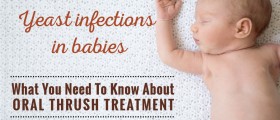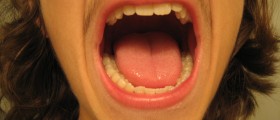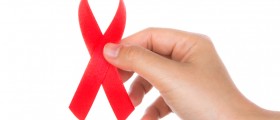
Candida Albicans is a type of fungi. The other name for this fungus is Monilia. This fungus can be found in our body and it is usually harmless. The best environments for Candida Albicans are warm and damp places on the body, such as mouth, vagina and the rectum, as well as the skin. Moreover, throat, intestines and heart valves can be affected by this fungus since it can travel through the bloodstream.
Causes of Candida infection
As already mentioned above, Candida is not dangerous when it is maintained under the control. The amount of this fungus in our body is regulated by the friendly bacteria and the immune system. However, due to certain factors, Candida starts to overproduce itself. One of the causes of Candida overproduction is a prolonged use of antibiotics that destroy the bacteria in our body, leading to the elimination of the good bacteria along with bad bacteria, thus causing Candida to grow out of control.
The infection that Candida Albicans may cause is called yeast infection or candidiasis moniliasis. Candidiasis moniliasis can be oral when it appears in the mouth. It is usually called oral thrush. Furthermore, a yeast infection can be genital and appear in the vagina or penis. Candidal onychomycosis is a yeast infection in the nails or paronychia next to the nails.
Symptoms of Candida Albicans infections
The main symptoms of the oral thrush are patches on the tongue and on the lining of the mouth or the throat. These patches are usually creamy-white or bluish-white in color. When a yeast infection causes diaper rash in babies, it is usually manifested through an inflammation of the skin, which is red and scaly. The most common symptoms of vaginal yeast infection are vaginal discharge, which is white or yellow in color. The vagina and the vaginal area are inflamed, which causes burning sensation and itching. The penile yeast infection manifests through the discharge from the penis and the inflammation of the head of the penis. Red and painful swelling around the nail and the appearance of pus are the main symptoms of fingernail and toenail yeast infection.
Treatment of Candida Albicans infections
The yeast infections are usually treated with topical or oral administration of antifungal medicines. The most typical topical antifungal medicines are clotrimazole, miconazole, nystatin, while the most common oral antifungal medicines are fluconazole and amphotericin B. It is important not to consume antibiotics when a yeast infection occurs.









_f_280x120.jpg)







Your thoughts on this
Loading...